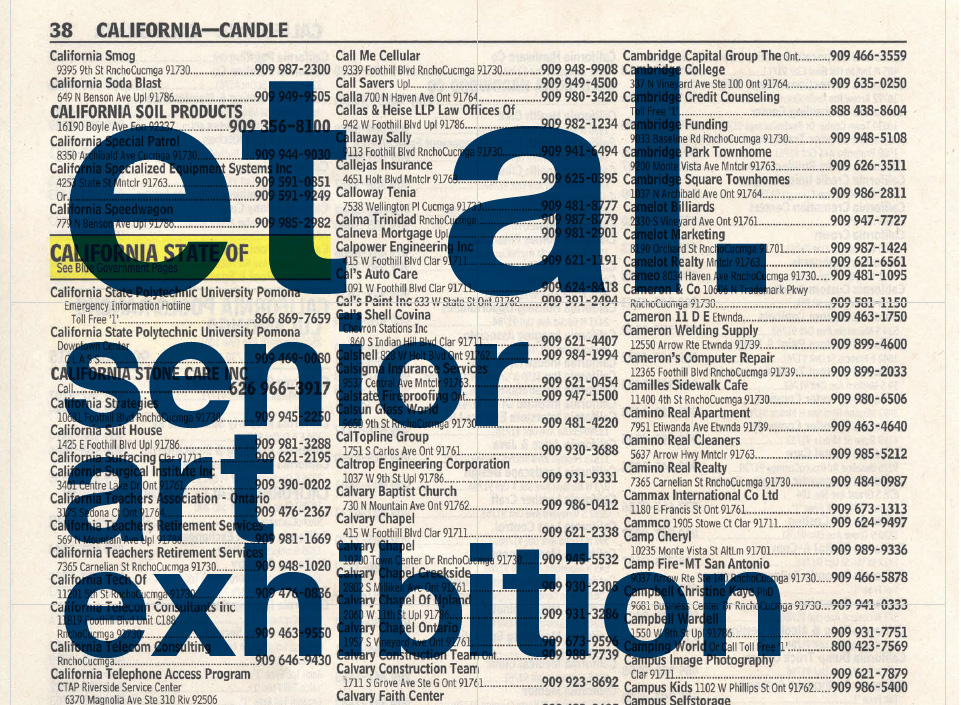
et al: Senior Art Exhibition 2010
April 29-May 15, 2010
Nichols Gallery, Lenzner Family Art Gallery, Salathé Gallery, Barbara Hinshaw Memorial Gallery
Adria Arko, Paul Bergmann, Marnie Briggs, Dominique Festa, Lanie Frosh, Michael Goldberg, Jeremiah Gregory, Garbo Grossman, Leticia Grosz, Courtney Leverette, Zach Milder, Jane Philips, Cal Siegel, Eric Stern, Annie Stone, Kanae Takemoto, Katie Tonkovich
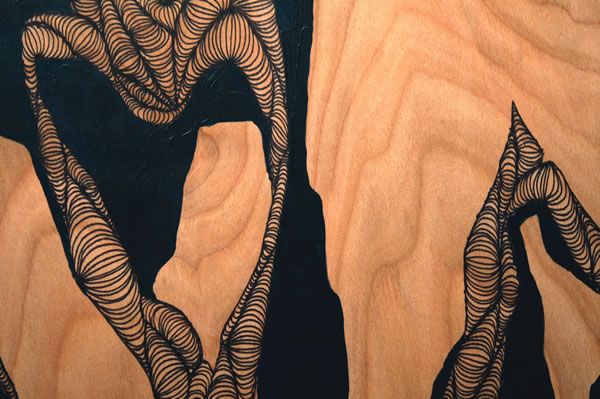
Adria Arko
I am fascinated by wood and the natural patterns found within it, from the intricate structure of bark, to the most basic grain found on a 2 x 4 inch plank—even wood laminate. My project is an exploration of the movement of wood grain. By drawing and painting on the surfaces of the wooden panels, I examine how my mark can either add to, or detract from, the pattern of the wood. The panels, purchased at construction stores—not intended for artwork—have been transformed to focus on the intricacy of nature in even the most ordinary pieces of wood. Through out my life, I have been inspired by the work of Gerhardt Richter, Robert Bechtle, Amedeo Modigliani and the Arts and Crafts movement. Although my art is not directly influenced by their work, I feel that my art has grown from my love of their practice. [clear]
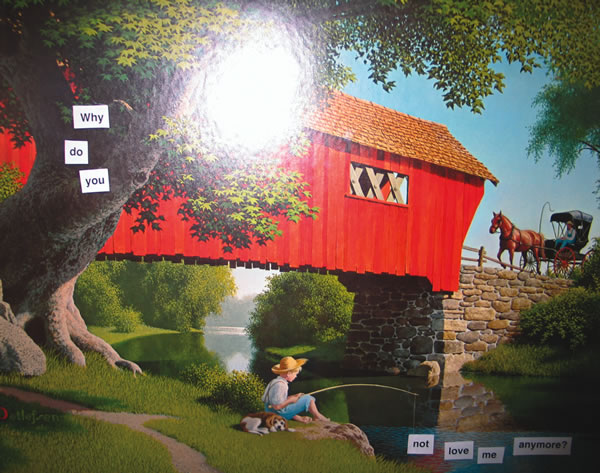
Paul Bergmann
I love to draw. The everyday doodles in my notebook are my primary source of inspiration. I believe in the honesty of spontaneity, and the genuineness of quick, intuitive marks and ideas. My influences range from children’s illustrator Quentin Blake to Marcel Duchamp. While my aesthetics lean towards that of a Realist, I tend to incorporate the ironic undertones of Dada and Conceptual art into my drawings and non-representational conceptual pieces. Recently I have been working with found readymades. Abandoning my roots as a drawer, I’ve decided to incorporate outside text into already existing paintings and objects to imbue and uncover new meanings. I create these pieces with my same intuitive application of ideas but without the burden of new physical representation. Therein, with such a simple alteration on the surface, I completely alter the original meaning and purpose of the object. Therefore, I am producing art that achieves meaning after it has been produced. [clear]
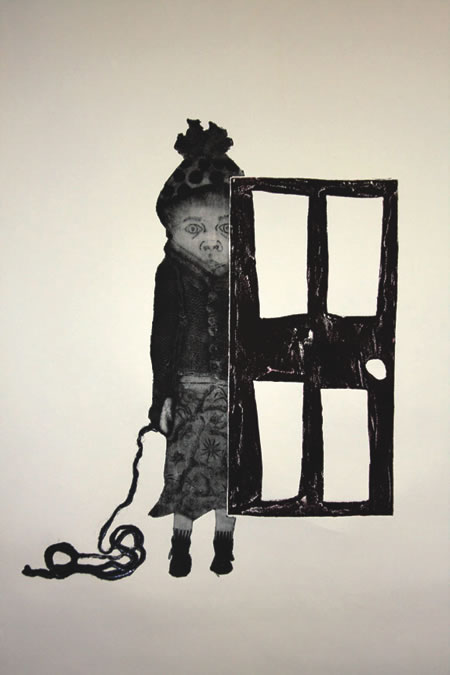
Marnie Briggs
In these works, I deliberately employ an illustrative style reminiscent of the art found in the children’s books that were my rst artistic influences and remain a continuous inspiration. I have been experimenting with this aesthetic approach, in combination with more mature, adult concepts to achieve a darker depiction of the imaginative dream world. Imagination is something we need to consciously exercise in our post-childhood years. My own art is a personal attempt to invent a space, through the portrayal of different characters interacting in fantastical, surreal worlds, that allows for the exercise and expansion of the imagination. The scenes are meant to loosely describe nonlinear narratives that are abstract in content. In the past, I have limited the use of color in my artwork, typically only working with black ink on white paper. However this current body of work requires a whimsical color scale to imbue a youthfulness to the darker imagery. [clear]
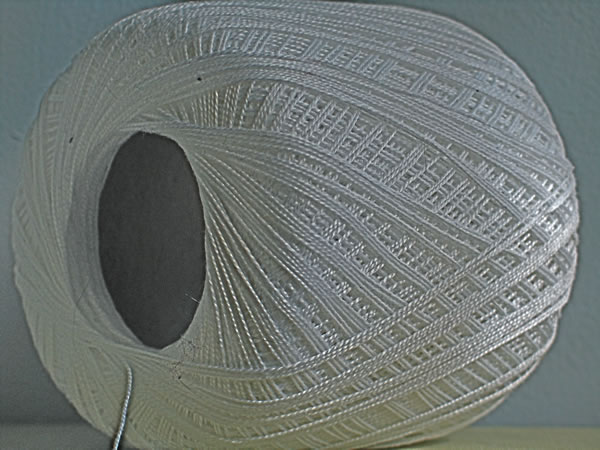
Dominique Festa
Small events in my life beg me to act appropriately, a request to which I diligently try to comply. Each time I dress in the morning, take public transportation to work, raise my hand in class, cook, clean, shop, drink, laugh (too loudly), talk (too forcefully), I nd myself keeping in line with an imaginary, but painfully durable conception of what a woman is and how she (re)acts. Who is this imaginary woman and why does she matter to me? In this body of work, I look for answers to this question in psychoanalytic theory, semiology, and postfeminism. If the Lacanian subject is constituted through its inception into the symbolic realm, then his/her gender subjectivity is similarly constructed. This concept amazes me, and I have let it inform my installation piece, Order. I use string, as a stand-in for language, to erect a stage upon which objects are manipulated into submission, enabling a ‘quintessentially feminine’ setting, much the same way the symbolic realm constructs and enforces heteronormative gender narratives. The audience is invited into the space thus implicating them in the perpetual maintenance of gender stereotypes through our unwitting, performative consumption and discourse. [clear]
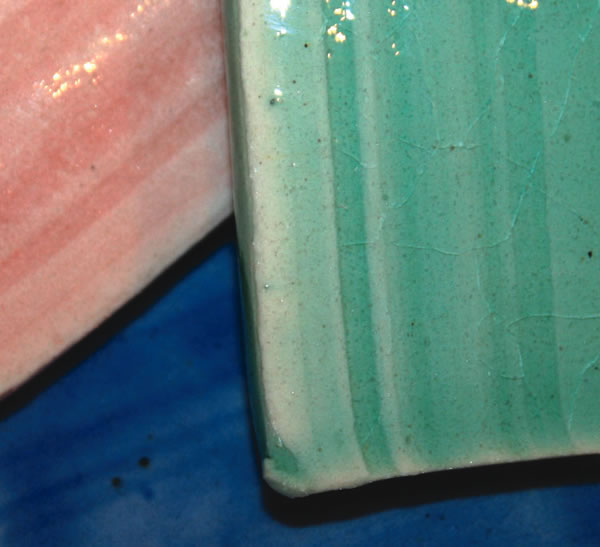
Elena Frosh
With graduation on the horizon I have been forced to think about my future, and ironically this process led me to the past. In the future I want to study ceramic design and potentially pursue a career in this field. Making utilitarian ceramic objects has allowed me to be creative and utilize the skills and knowledge I have acquired from studying mathematics. I am truly enthusiastic about continuing to work in this field, but I recently realized that I have a minor setback. I have very little knowledge of ceramic history. I feel that having knowledge of the history of ceramics is critical in continuing to develop my personal perspective, style and voice. For many years I have enjoyed learning to create functional forms on the pottery wheel, but I had never been taught the history of this art and I wanted to change that. The works I have created for the exhibition are in response to overcome this setback. I researched four genres of ceramic history and produced a work that is influenced by the genre, but is modern and a re action of my perspective. [clear]
Michael Goldberg
As a passionate observer of people, my art is inspired by human interaction. I am drawn to portraiture and its attempt to reveal some veiled truth. I am inspired by twentieth century painters such as Giovanni Boldini and Egon Schiele as well as portrait photographers such as Richard Avedon and Diane Arbus. My current work concentrates on baseball, an American pastime played by millions of youth today. Having been a member of the Pomona-Pitzer baseball team for the past four years, it is hard to be objective and to fully express the passionate yet grueling experience of a college athlete. The very morals cultivated through athletics are suddenly tested as the desire for personal and team success threatens to surpass the traditional innocence of the very sport. A true athlete must be selfish, for a team is only as strong as its weakest link. To what extent will one go to overcome such weakness? [clear]
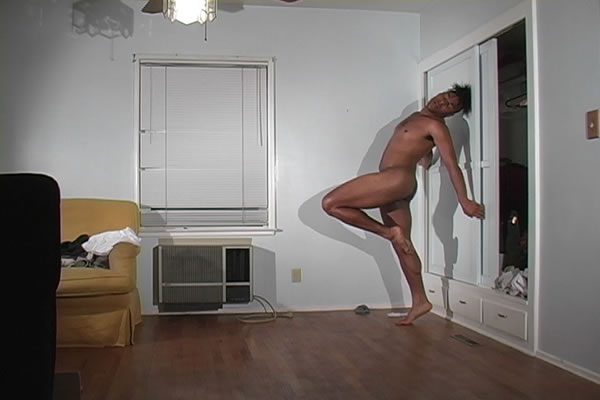
Jeremiah Gregory
We have lost touch with the power of the old ways, and drift half-blind with a terrible weight. We have developed new magic and a new religion, though, battling the darkness with incandescent flame and propelling our life force through modern alchemies for every state of the body and mind. The power, however, belongs to those who manipulate the dark, viscous currents that ebb beneath us and those who cast spells in green numerals. Nashville-born conceptual artist Jeremiah Gregory examines the black blood that sustains us and the gilt spirit that wills our volition. In the wake of failing sorcery and false prophets it is time to reconsider our blind devotion to golden gods, and re-examine our ties to each other and primal earth before those ties bind us to our present course of necromancy. As John Freccor writes introducing Robert Pinsky’s translation of Dante’s Inferno, “The dominant theme is not mercy but justice dispensed with the severity of the ancient law of retribution.” [clear]
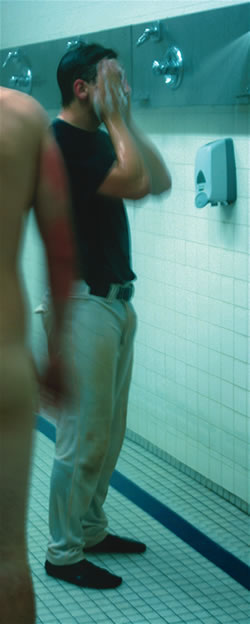
Garbo Grossman
I create idiosyncratic and bizarre imagery because I have always been attracted to the strange and the somewhat nonsensical. My influences include the amorphous and deviant work of Aubrey Beardsley, BLU, Odd Nerdrum, Francis Bacon, and Hieronymous Bosch. Inspired by these artists, I create detailed sketches of distorted bodies. This exploration of the human form led me to fuse body parts to create weird creatures that form their own disjointed narratives. Recently, I was involved in large mural project in downtown LA, where I became fascinated by the combination of street and fine art—I was forced to reconsider what breathes life into a community and how art allows for a place to be reimagined. My current work is a further exploration of combined figures that perform odd aerobics together. The images are sourced from photographs of friends and found faces. These creatures are precise and quiet, while at the same time remaining stubbornly unapologetic. Inked as part of a card deck, these figures establish their own ordered world. [clear]
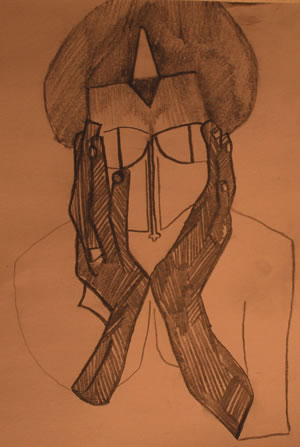
Leticia Grosz
I am a Los Angeles based artist who was born in Buenos Aires, Argentina and raised in the San Fernando Valley. I work primarily in photography and various drawing media. I am deeply motivated by my diverse background influences—religion, Spanish language, mother, brother and grandmother—which I explore in my work. I investigate form while simultaneously exploring the various communities to which I am connected and the converging identities that exist in the city in which I live. I am a graduating senior double majoring in Fine Arts and Religious Faith and the Ethics of Social Practice. I plan to continue teaching various subjects including fine arts after graduating from Pitzer College. [clear]
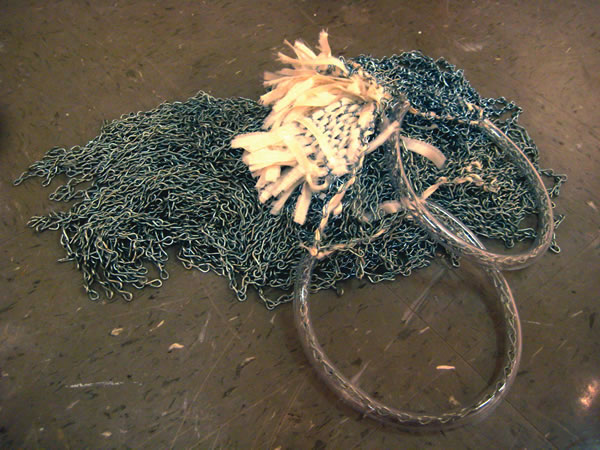
Courtney Leverette
The purpose of my art is to challenge preconceived notions about what is fashion versus what is wearable art/sculpture. I believe a piece of clothing can be both. The art world and the fashion world have often worked hand in hand and inspired each other. It’s my goal to create works that can exist in both worlds. Their purpose is to be aesthetically pleasing as well as wearable. By using non-conventional materials, I am able to experiment with techniques and create unique forms that could not be created from fabric. Uncon¬ventional materials lend a unique texture, movement, and shape to my dresses and add a dimension of interest that would not exist had I used traditional materials. In the future I hope to continue to experiment with an even wider variety of materials and techniques, in the hopes of pushing the boundaries of what is considered wearable fashion, wearable art, fashion as art, and art as fashion. [clear]
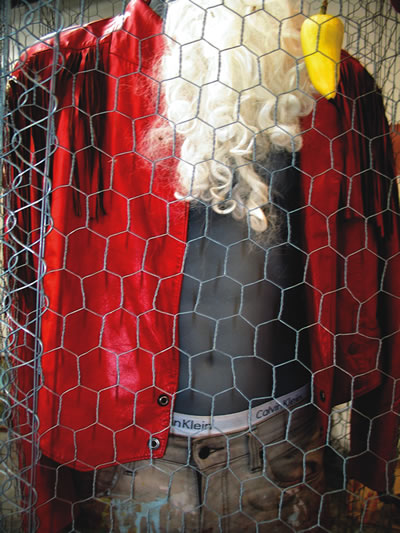
Zach Milder
To me, every object has an arsenal of associations, preconceptions, cultural references and worth (both inherent and imposed). These objects also have color, shape, time, smell, and taste. I arrange these different facets of the objects to create a stunning visual experience that offer insightful perspectives into the beauty and struggles of humanity within its environment. [clear]
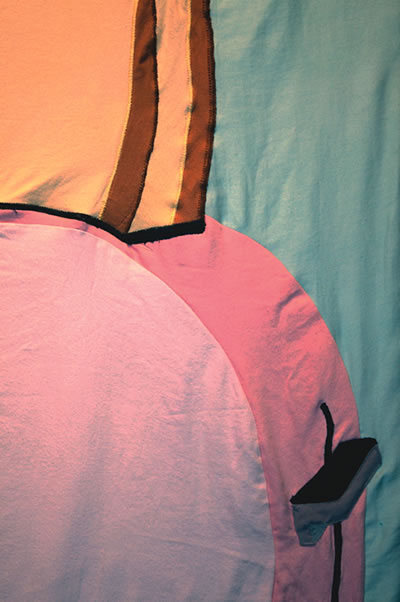
Jane Philips (Steeping Sweet Comfort)
In a gesture to embrace their artistic daughter, my parents adopted the expression, “life is an art project,” as I have, for most of my life and integrated it into my daily life and activities. Through process-heavy mediums I make objects and images for personal and communal use. My projects have repeatedly depicted and embodied associations with comfort and home as I deeply relish simple daily routines and happenings. Besides the wide variety of materials I continually find and play with, I’ve repeatedly returned to sewing, hand-dying fabric, wheel-throwing pottery, and working with black and white photography. I’m attracted to mainly contemporary artists including Melanie Bilenker, William Eggleston, Andy Goldsworthy and Harrison McIntosh. Although they use very different mediums, each works within their own process to create unique, bold, and refined pieces while retaining a modesty and simplicity. Additionally, I’m continually influenced by the people—their work, obsessions—and personalities, and places of my everyday life. My most recent projects reflect a strong influence to ’60s kitchens and appliances. [clear]
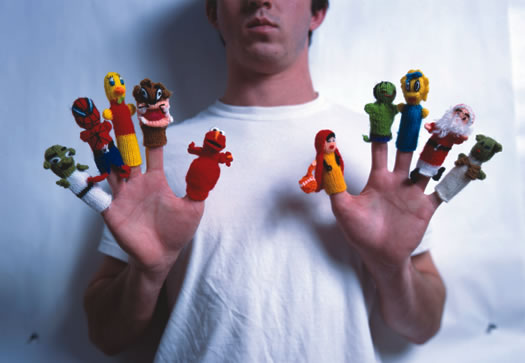
Cal Siegel
Throughout their history, photographers have sought some sense of “truth” within the photographic image as well as the execution and presentation of the image resulting in distanced adoration. My work seeks to revert this search for truth, from the photographer to the viewer, treating the image as a mirror and leaving any sense of narrative within the work obscured; privileging instead a deadpan and empty impression, to be completed by the viewer themselves. Cinematic in scope, the works evoke disparate and varied associations. The photographs don’t seek “objectivity” in a documentary respect, rather, a space for exchange between the figures represented in the image and the observer. [clear]
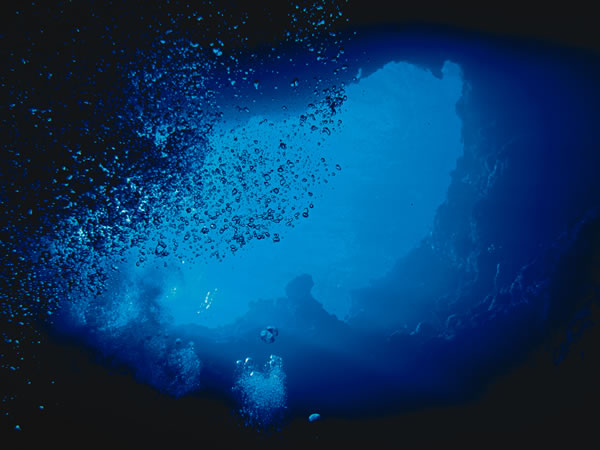
Eric Stern
I consider all language foreign. I find words are imposed upon me like historical baggage. I would rather communicate with touch. I often wonder what it is like to be a tree. Do they dream? What do they think about? Most days I want to run away to a mountainside, far away from everything human, and just sit and look up. I love the stars. I try to remember what it was to have been part of a star. I long to return to one. I spend my nights thinking and my days dreaming. I can’t turn off my mind. I like to take everything apart and put it all back together in strange permutations. Sometimes I don’t eat for a few days, just so that if it happens I know I will be ok. I build to keep myself tethered to this world; otherwise I would float up through cosmos and never take another glance back. [clear]
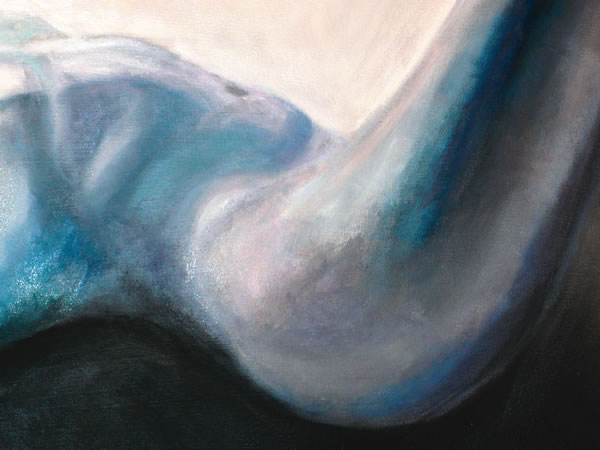
Annie Stone
Painting is the way I understand the world around me. Each stroke is an exploration of the form and meaning of the subject I am painting. I work primarily in oil paints, painting people and places. With my painterly expressive style I try to keep my canvases fresh and chromatic. When I paint a person, I try to evoke a certain part of that person through the language of the composition. In my most recent project, I am exploring the complexities and contradictions inherent in the female form specifically the inherently feminine aspects of strength and sensuality. [clear]
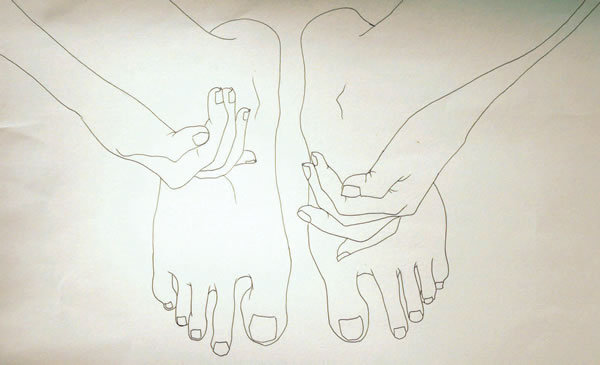
Kanae Takemoto
I grew up in Japan and came to US to study when I was sixteen years old and continue to travel back and forth between these two places. I employ Japanese motifs in my work, which represent my hybridized identity. I am very influenced by shojo manga, comics designed for girls, which I read when I was young, especially the delicate line and graphic sensibility. I employ a similar aesthetic style in my work and use black ink as my medium. From my studies in art, I have been inspired by many artists and have gradually built my own style which is focused on form, meticulous lines, negative space, working in a series and depicting female body parts. My current work is a compilation of those concerns. I would like to depict the serenity, strength, and fragility embodied in being a woman, which can’t be expressed by words. [clear]
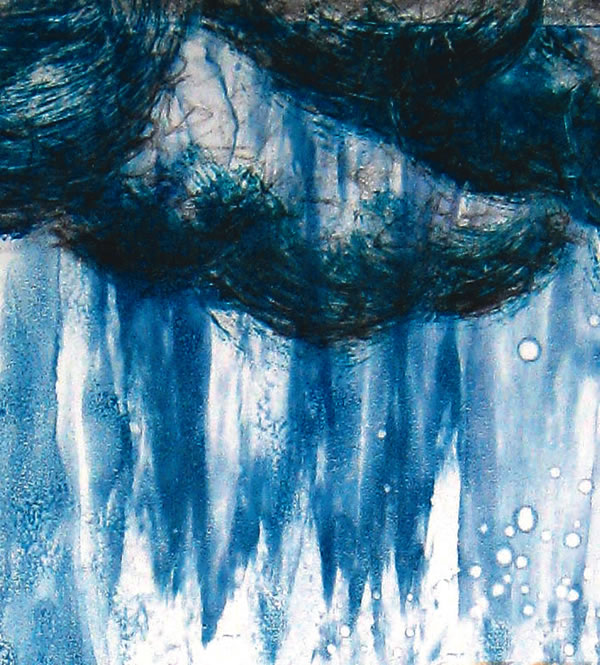
Katie Tonkovich
I grew up in Seattle, the home of evergreens, parks, and downpours, and came to Los Angeles for the promises of sunshine, salt water and outdoor pools. Dynamic and flowing, the effortless nature of water in motion has always amazed me. Perhaps it is due to my lifelong proximity to water, the 70% of me composed of H2O, or chlorine poisoning resulting from my excessive journeys between lane lines, but I can’t get enough of water. It is my pure escapist fantasy: submerged, the outside world is irrelevant. Drawing is the simplest form of creativity and water is the simplest form of bliss. My work is a marriage of these two passions. [clear]
 WORLD IS WATCHING – MANIFESTO
WORLD IS WATCHING – MANIFESTO